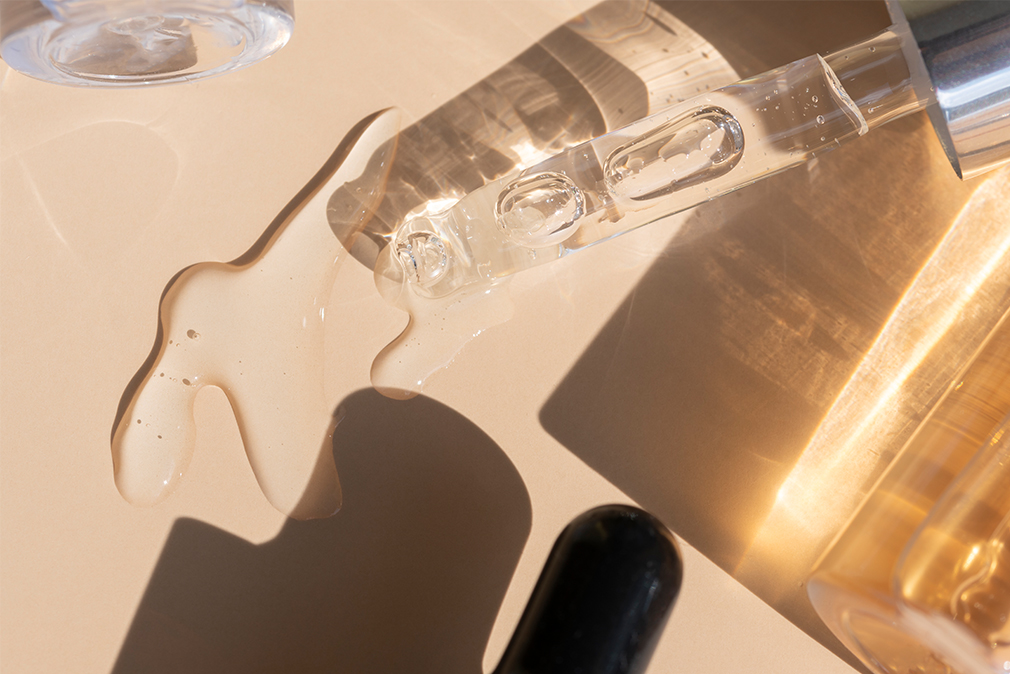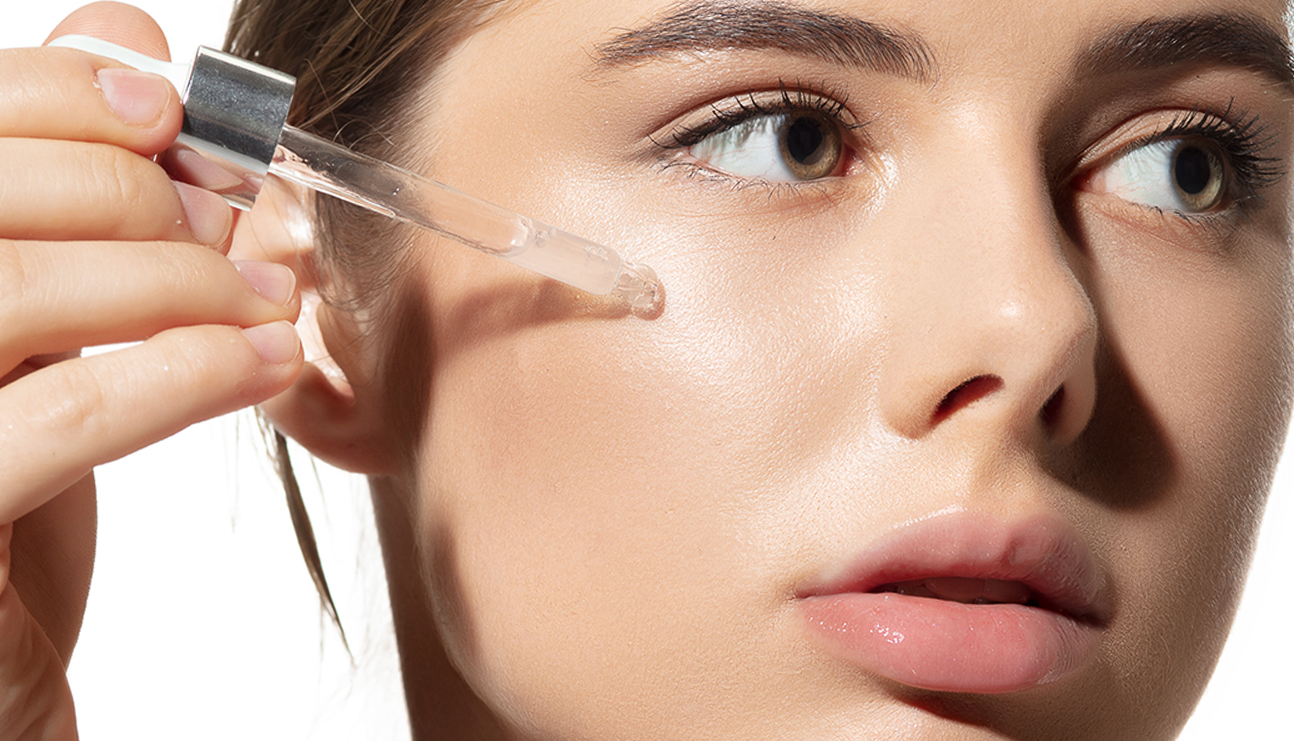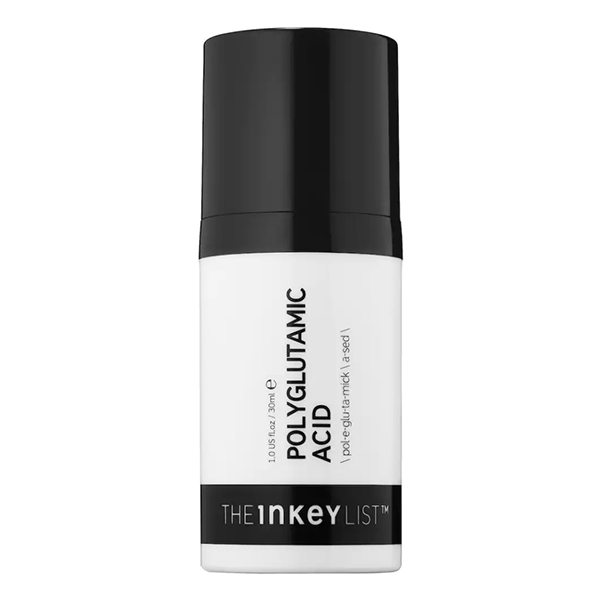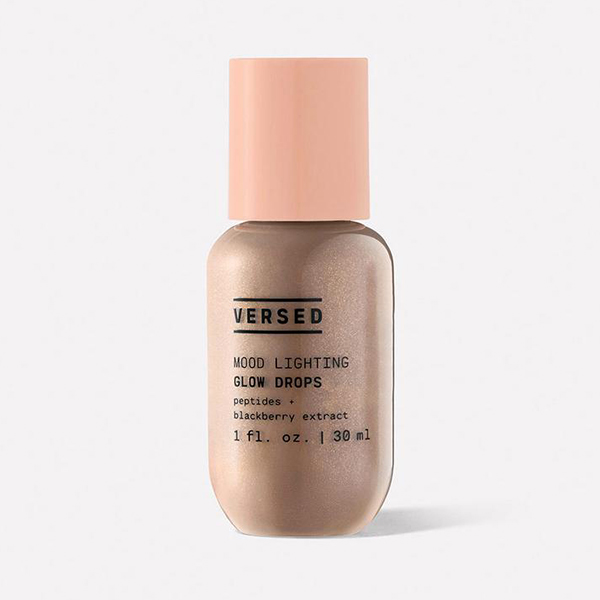What’s the deal with…Polyglutamic Acid?
Ariana DiValentino
If you haven’t heard of polyglutamic acid, catch up! It’s the new hyaluronic acid–at least, according to some beauty brands. Like HA, it’s a humectant, meaning it draws water from the environment to the surface of the skin. You might have even heard the oft-repeated claim that it holds four times more water than HA (we’ll get to that later). The scientific name isn’t yet a household term, so let’s clear up some of the basics around this buzzy molecule.
What Is Polyglutamic Acid?
There are some major differences between hyaluronic acid and polyglutamic acid, one of which being that HA is naturally produced by the human body and PGA is not. It is naturally derived from plant sources, though: it occurs in nattō, a traditional Japanese breakfast food made of fermented soybeans.
There is a moderate body of evidence supporting PGA’s purported abilities, but much of it is preliminary and not specific to skincare. Hopefully, more research in the near future will illuminate the effects of PGA on human skin, but there are a few things we know right now.

Benefits of Polyglutamic Acid
PGA, like HA, is a humectant, working to hydrate skin by retaining water. And hydration, as we know, is key to helping preserve skin’s elasticity over time, as well as plump up skin in the short term, reducing the appearance of fine lines and wrinkles. In fact, a 2014 study found it to be more effective in hydrating skin and preserving elasticity than HA or collagen. Exactly how much, we’re not yet sure, though manufacturers have been promoting claims that it’s four or even ten times more effective than HA. But don’t throw out your HA serums and moisturizers just yet—they actually make a great team.
Evidence suggests that PGA, in addition to holding moisture, can help mitigate the effects of hyaluronidase, an enzyme that breaks down the hyaluronic acid that naturally occurs in the skin. So even if you’re already supplementing your skin with an HA serum, PGA can offer you some added benefits by protecting the HA already present. Furthermore, it can help ramp up your body’s production of moisturizing agents that occur naturally in the skin, like lactic acid. There’s also some research showing that PGA has anti-microbial and immune-supporting properties which could benefit skin.
While some of the claims made about PGA as a skincare ingredient might be unproven and somewhat dubious, the molecule itself isn’t really a chemical mystery. It’s been used in various applications, like water purification and medicine, for many years, and scientists continue to explore its potential uses in skincare and beyond.
Using Polyglutamic Acid in Your Skincare Routine
What you need to know is that PGA is biodegradable and known to be non-toxic to humans, obviously—it is present in certain foods, after all. So if your personal definition of clean beauty is “if I can’t eat it, I won’t put it on my face,” PGA actually fits the bill and has strong clinical backing, a fairly rare combination in the grand scheme of “natural” or “clean” beauty.
That said, it’s always possible that an individual person could be sensitive to PGA (or any new ingredient.) So, if it’s new to your routine, you may want to patch test it first to make sure it doesn’t irritate your skin. There isn’t much specific advice coming from dermatological science on PGA use in skincare products, like what the ideal concentration should be. But if you’re up to experiment, there are a handful of interesting new products hitting the market. Here are some of our favorites.









